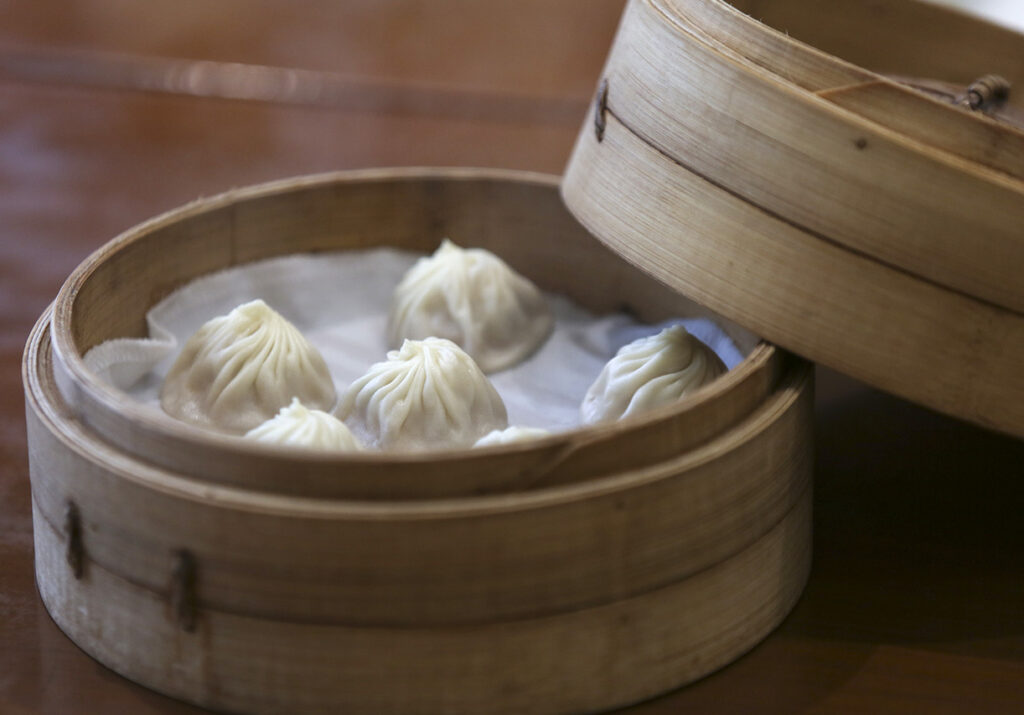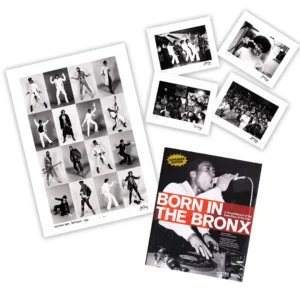In a restaurant landscape dominated by household names and fast-casual behemoths, one name is quietly—and unmistakably—reshaping the notion of dining excellence and profitability: Din Tai Fung. The Taiwan-based chain, globally revered for its precision-crafted xiao long bao (soup dumplings), has quietly engineered a culinary conquest in the United States that is redefining not only how Americans eat, but how they measure success in the hospitality sector. In 2024, Din Tai Fung’s 16 U.S. locations achieved an average unit volume (AUV) of $27.4 million per store, a figure that eclipses even the most opulent steakhouses and entertainment dining giants.
To understand the magnitude of this figure, consider this: a single Din Tai Fung location generates the same revenue as two Cheesecake Factories, or nearly seven McDonald’s—and does so without drive-thrus, gimmicks, or Big Mac bundles. The chain’s runaway success is not a fluke, but the result of a delicate choreography of scale, pricing, quality, ambiance, and cultural resonance.
This is a story about food, yes—but more than that, it’s about perception, ritual, and the latent hunger for experiential authenticity.
The Geometry of Appetite: Design, Space, and Efficiency
One of the most understated secrets to Din Tai Fung’s success lies in the architectural language of its restaurants. Their U.S. locations span a vast range—from intimate 5,580-square-foot venues to sprawling flagship behemoths, like the 25,000-square-foot Manhattan outpost that opened in 2023. The sheer scale of these spaces allows the brand to serve more guests at once without compromising the pacing or intimacy of the dining experience.
Each restaurant is designed with near-clinical precision—marrying minimalist Taiwanese modernism with high-volume operational flow. Behind the clean lines and serene aesthetics are orchestrated systems: glass-enclosed dumpling rooms where customers can watch the intricate folding of each xiao long bao, and open kitchen concepts that spotlight the choreography of wok and steam. Visibility breeds trust, and spectacle drives demand.
This transparency is more than theater—it’s assurance. In a landscape where so much of fast food is cloaked in corporate opacity, Din Tai Fung offers its process on full display, enhancing both the experience and the appetite.
The Wait Is the Meal: Ritual and Desire
Despite being infamously busy, Din Tai Fung doesn’t repel diners with its crowds—it seduces them. The wait has become part of the ritual. Long queues snake around mall entrances and urban sidewalks, filled with patrons who seem less bothered by the delay than eager to participate in a communal rite.
At the Disneyland location alone, over 10,000 soup dumplings are sold per day. Families plan entire days around lunch at Din Tai Fung; influencers document the wait as eagerly as the meal. For many, especially in cities like Los Angeles, Seattle, and Las Vegas, dining here is not merely a question of sustenance—it’s a pilgrimage.
This willingness to wait stems from more than food quality. It’s about consistency, heritage, and a kind of culinary reverence rarely seen in chains. Din Tai Fung has positioned itself not as a restaurant, but as an institution of gastronomic precision—an atelier of flavor, where every fold of dough and drop of soup is treated with sacred respect.
The Haute of the Familiar: Pricing and Accessibility
Unlike opulent steakhouses or tasting-menu restaurants where the price of entry often exceeds $200 per person, Din Tai Fung offers a premium-feel experience at an accessible price point. The average check hovers around $55 per diner, which strikes a remarkable balance: expensive enough to feel like a special experience, affordable enough for repeat visits.
What makes this pricing even more strategic is that it blurs the line between casual and upscale dining. Guests receive white-tablecloth service, ceramic ware, and attentive pacing—without the formal dress codes or pretentious atmosphere that often defines fine dining. In short, Din Tai Fung delivers Michelin-level consistency with mall-accessible ease.
The menu itself is expansive yet focused. While the xiao long bao remain the crown jewel, the offerings span multiple culinary genres: Taiwanese greens with garlic, wok-fried rice cakes, pork chop fried rice, sweet taro xiao long bao for dessert. Each dish feels purpose-built, not trend-chasing. There are no avocado toasts or truffle aiolis here—just deeply rooted dishes executed with quiet mastery.
A Study in Brand Discipline
Unlike many Western chains that grow rapidly and dilute brand identity in the process, Din Tai Fung has taken a deliberate, almost surgical approach to expansion. With only 16 U.S. locations as of 2024, the brand exerts tight control over every facet of its presence—from architectural uniformity and menu fidelity to training protocols and sourcing standards.
That restraint has worked in its favor. While others chase exponential growth, Din Tai Fung has cultivated reputational scarcity. You don’t find Din Tai Fung on every corner—you seek it out. That scarcity turns each visit into an event.
And while the brand is globally beloved—with outposts across Australia, Southeast Asia, and the Middle East—its entrance into the American market was tactically patient, waiting until Asian cuisines reached sufficient critical mass in mainstream culture. Now, bolstered by America’s growing culinary pluralism and fascination with East Asian aesthetics, the brand sits at a perfect confluence of timing, taste, and trend.
The Asian Sit-Down Renaissance
Din Tai Fung is not an isolated phenomenon. It is the tip of the spear in a broader rise of Asian sit-down restaurant chains thriving in the U.S., even as the broader casual dining industry faces saturation and stagnation. Brands like KPOT Korean BBQ, Kyuramen, and Kura Sushi have ridden a cultural and demographic wave—where Gen Z and millennial diners crave experiential dining, global flavors, and interactive formats.
According to data from Technomic, sales at Asian chains were up 7.6% in 2024, a striking contrast to flat or declining growth across the casual dining spectrum. These concepts succeed not only because of flavor profiles but because they offer rituals—from conveyor-belt sushi and tabletop grills to steaming baskets of dumplings.
Din Tai Fung sits atop this trend as its most elegant ambassador. It refrains from over-branding or theatrical kitsch, choosing instead to elevate the cultural cuisine itself, inviting diners to slow down, savor, and witness.
Beyond Food: Culture, Prestige, and Diplomacy
At its midst, Din Tai Fung is a cultural emissary. It introduces Taiwanese culinary philosophy to a global audience through craft, not compromise. It does not Americanize its flavors but invites American palates to meet it where it stands.
This positioning has helped it become not only a restaurant but a cultural touchstone—a favored dining destination for diplomats, celebrities, and business leaders alike. When world leaders visit Taiwan or cities like Singapore or Tokyo, a stop at Din Tai Fung is often on the itinerary. That same international prestige now infuses the brand’s U.S. identity with global cachet.
Its integration into luxury retail centers and destinations like Disneyland is strategic—not because these places need more food options, but because Din Tai Fung enhances the perception of place. It raises the status of its surroundings simply by existing.
The Future: Scaling Without Diluting
As of mid-2025, questions swirl about whether Din Tai Fung can maintain its aesthetic and culinary integrity as it continues U.S. expansion. Can the brand replicate its formula at scale without losing the magic?
All signs suggest that it can—if it continues to value training, curation, and patience over speed. Early prototypes in New York, Las Vegas, and Seattle have shown that the formula can be adapted without dilution. However, each new location must retain its almost monastic commitment to craft and culture.
There is speculation that Din Tai Fung could anchor its own branded luxury experiences in the future—perhaps boutique hotels, curated home cooking kits, or even immersive culinary studios. But either or not it pursues these avenues, the foundation it has built in America is unshakable.
Flow
Din Tai Fung’s success isn’t just a story of dumplings. It’s a case study in deliberate scale, cultural fidelity, operational excellence, and architectural hospitality. It is the rare restaurant that manages to be global and local, elite and accessible, traditional and modern—all at once.
In a saturated world of restaurant chains trying to be everything to everyone, Din Tai Fung succeeds by being precisely what it is: a shrine to the steam basket, a temple of the handmade fold, a meal that makes you wait and rewards you for it.
It is, quite possibly, the most meticulously orchestrated restaurant experience in America today—and it’s only just beginning to stretch its legs.
No comments yet.








